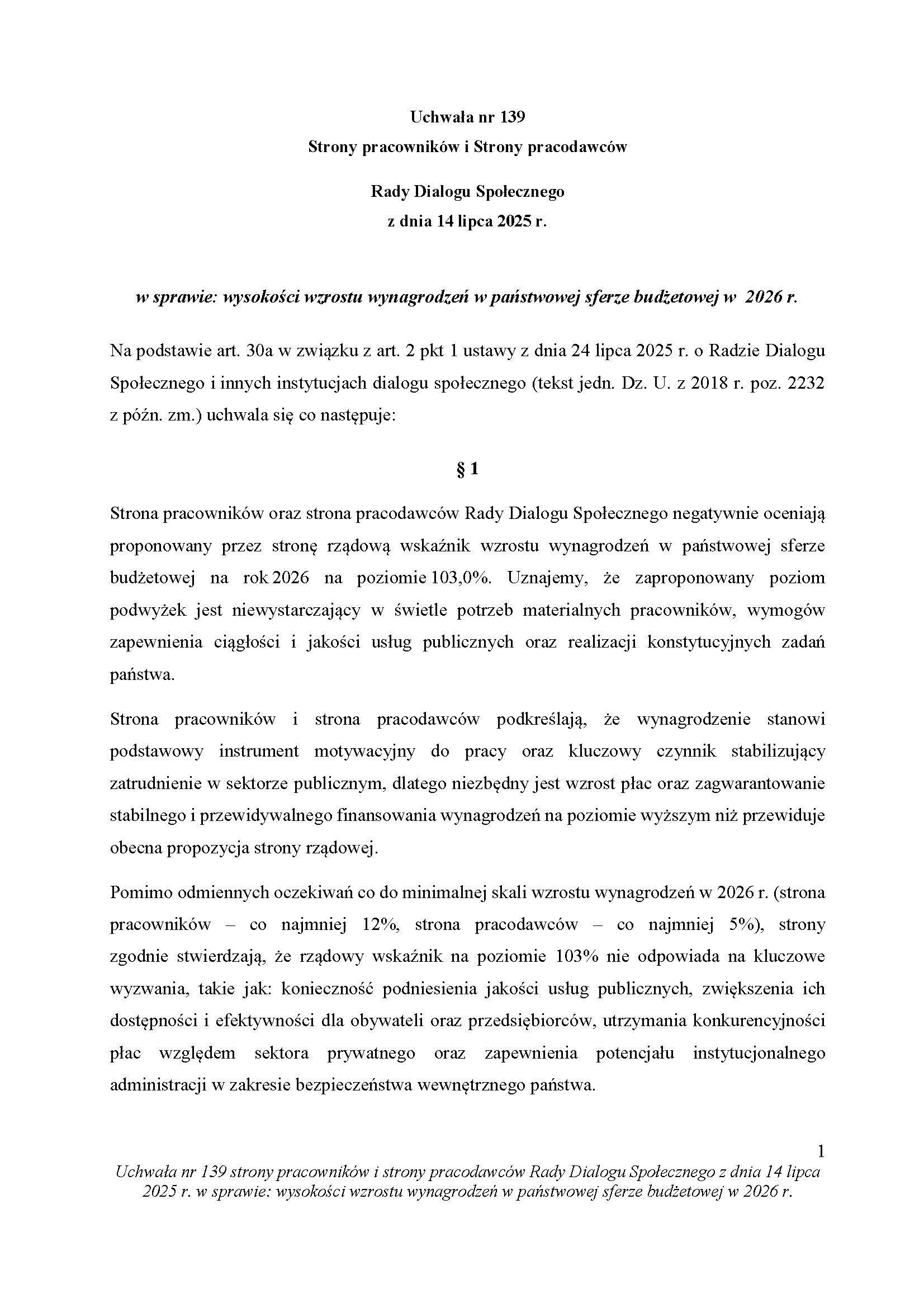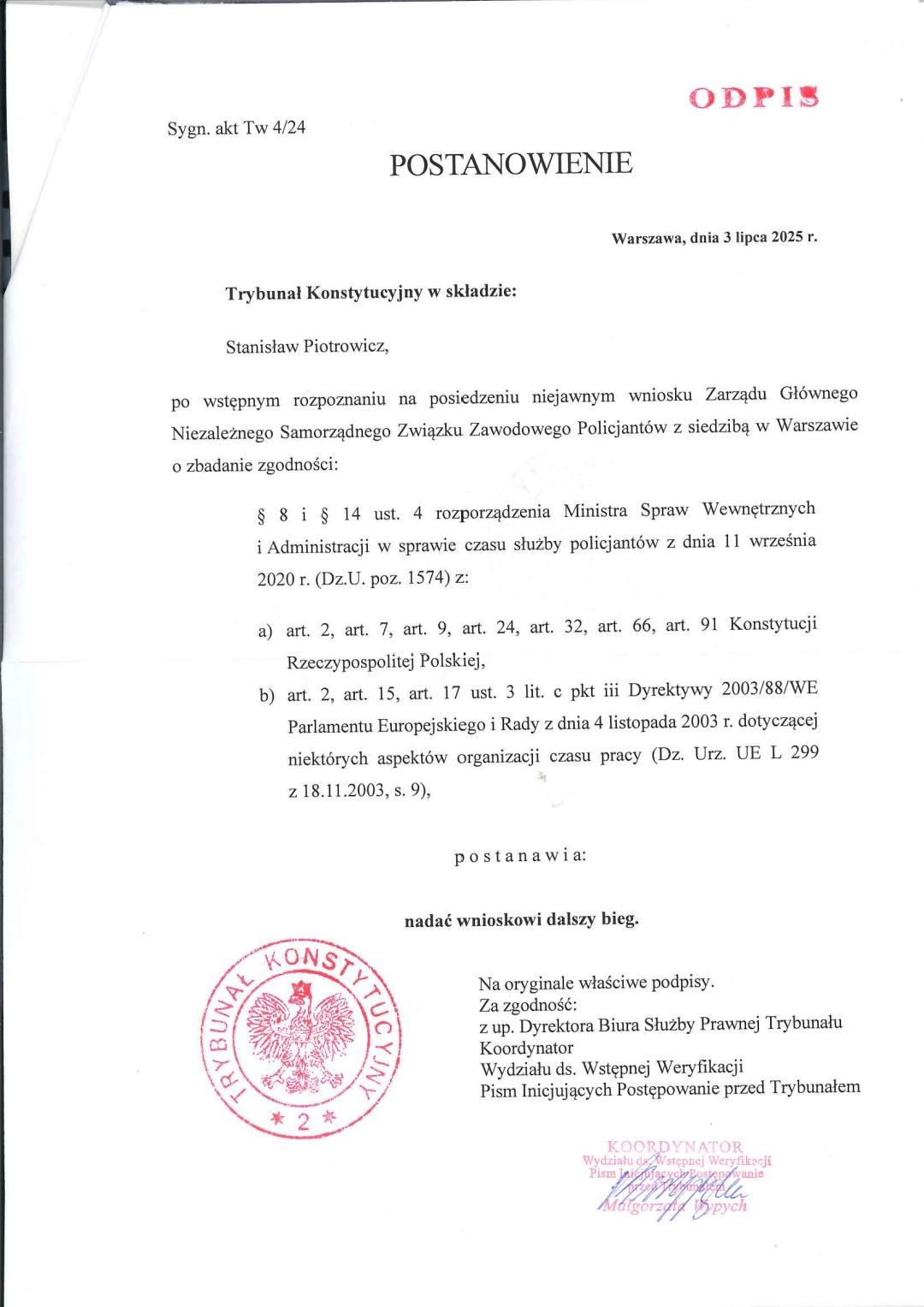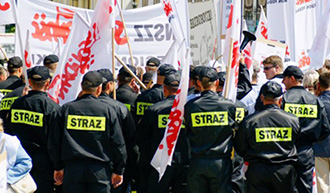
PARIS— The European Union Aviation Safety Agency (EASA) has clarified that Airbus A320neo-family aircraft have not experienced load-reduction device (LRD) activations on CFM International Leap-1A engines.
However, EASA has issued precautionary guidance to airlines and pilots in response to smoke incidents tied to LRD activation on Boeing 737 MAX aircraft powered by Leap-1B engines.
The advisory follows two Boeing 737 MAX smoke events linked to LRD activation at various airports, including Seattle (SEA) and Miami (MIA).
EASA urges Airbus A320neo operators to implement interim crew training and preparedness for potential smoke scenarios despite no direct cases yet recorded.
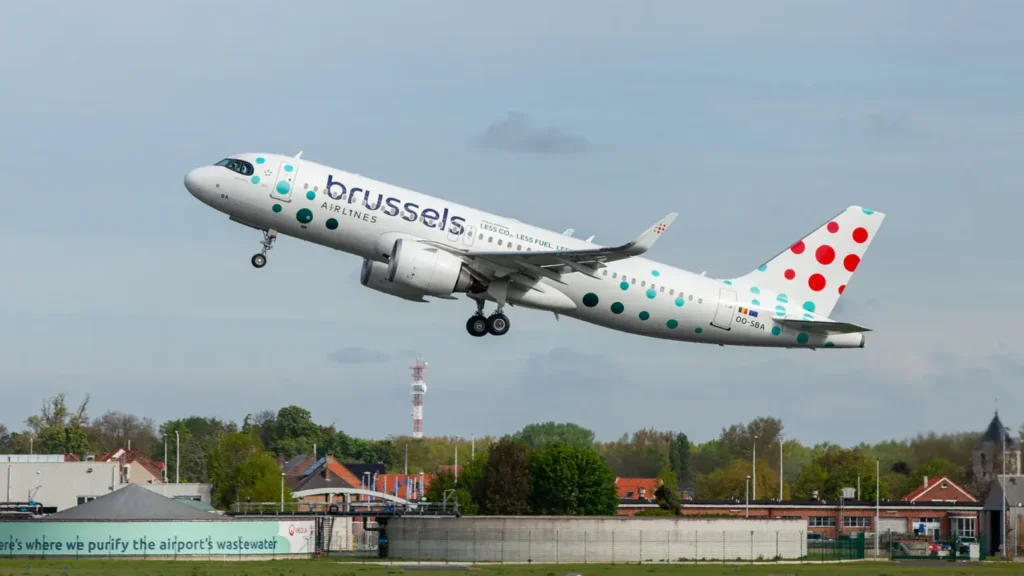 Photo: Brussels Airlines
Photo: Brussels AirlinesEASA on A320neo Smoke Risks
The load-reduction device (LRD) is a safety mechanism designed to reduce structural loads on engines when significant fan imbalance occurs, such as from blade damage.
While this feature protects the engine, its activation can inadvertently create a pathway for oil leakage into the compressor. This contaminated oil can infiltrate the aircraft’s bleed air system, resulting in dense smoke inside the cabin and cockpit.
In Boeing 737 MAX jets, equipped with CFM Leap-1B engines, such LRD activations have led to smoke incidents requiring immediate pilot response.
Although the Airbus A320neo-family, which uses Leap-1A engines, has not encountered LRD activations, EASA is taking a precautionary stance.
EASA advises that pilots follow established Quick Reference Handbook (QRH) procedures when facing engine failure or smoke presence. If LRD activation occurs, isolating the affected engine’s bleed system or shutting down the engine can mitigate smoke contamination effectively.
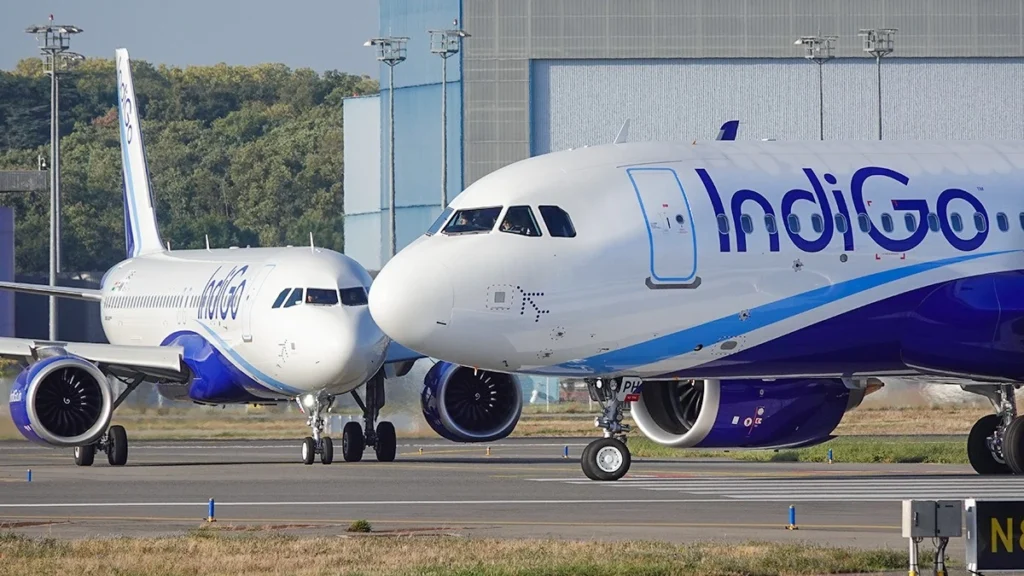 Photo: Eurospot
Photo: EurospotCrew Training and Operator Guidance
EASA is directing Airbus operators to specifically identify fleet aircraft fitted with Leap engines containing LRDs.
Operators must ensure that pilots are informed of the risks and prepared to handle scenarios involving potential LRD activations, especially during severe engine vibrations or damage.
Additionally, the agency stresses that these risks should be adequately addressed during pilot conversion training and regular recurrent training sessions.
Emphasizing these scenarios in training helps familiarize pilots with the operational challenges posed by smoke events linked to engine structural protections like LRDs.
While EASA’s recommendations are interim, comprehensive safety assessments of LRD-related events are underway. Regulatory authorities and manufacturers, including Airbus and CFM International, are evaluating possible design changes to mitigate oil leaks and smoke risks.
Stay tuned with us. Further, follow us on social media for the latest updates.
Join us on Telegram Group for the Latest Aviation Updates. Subsequently, follow us on Google News
Airbus A320neo CFM LEAP-1A Engine Upgrade Certified by Europe and the US
The post EASA Advises Airbus A320neo Pilots on Smoke Risks from LEAP Engines appeared first on Aviation A2Z.












